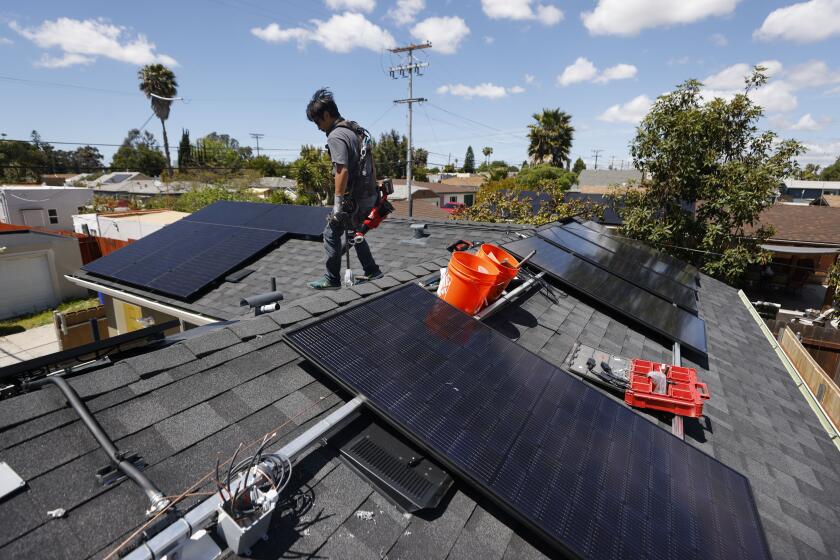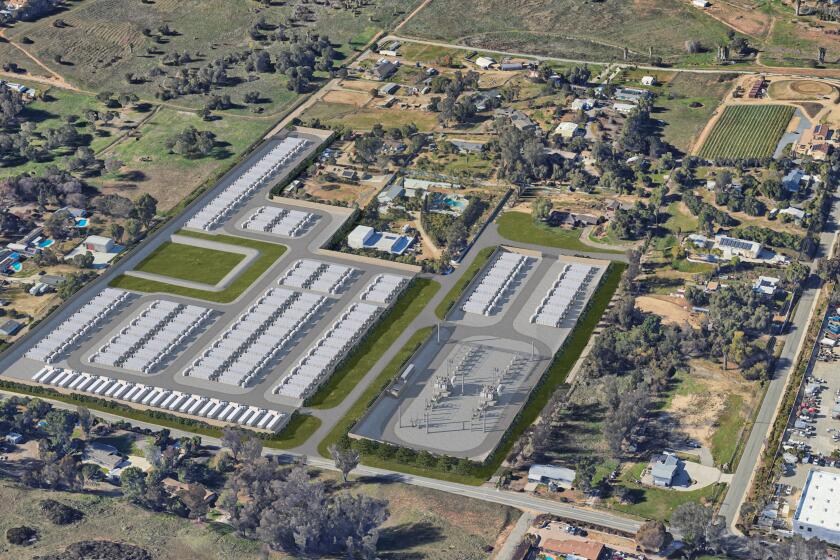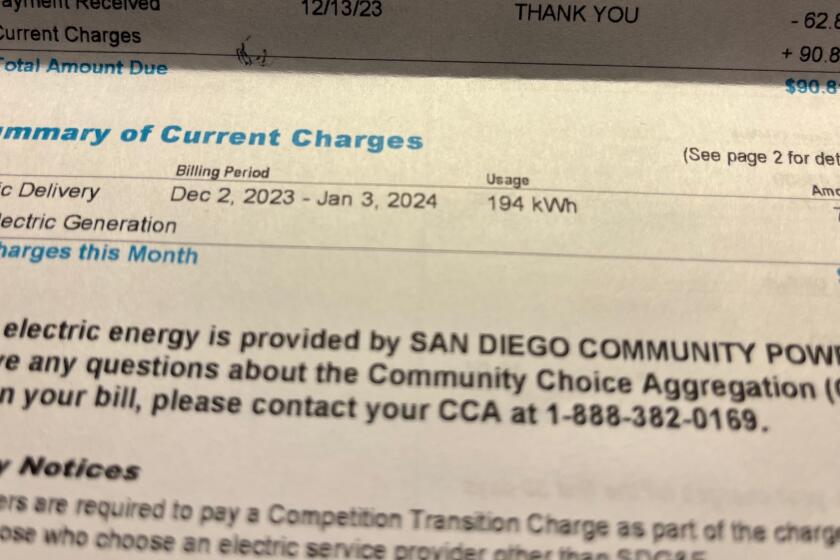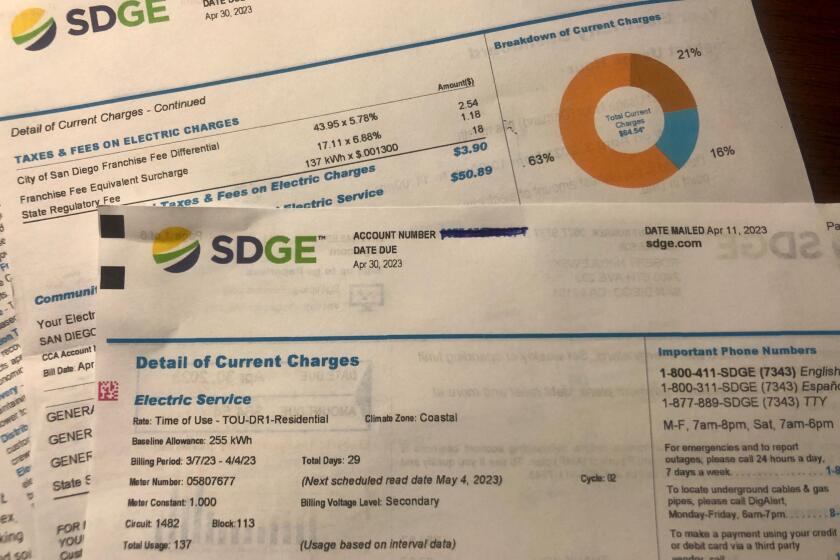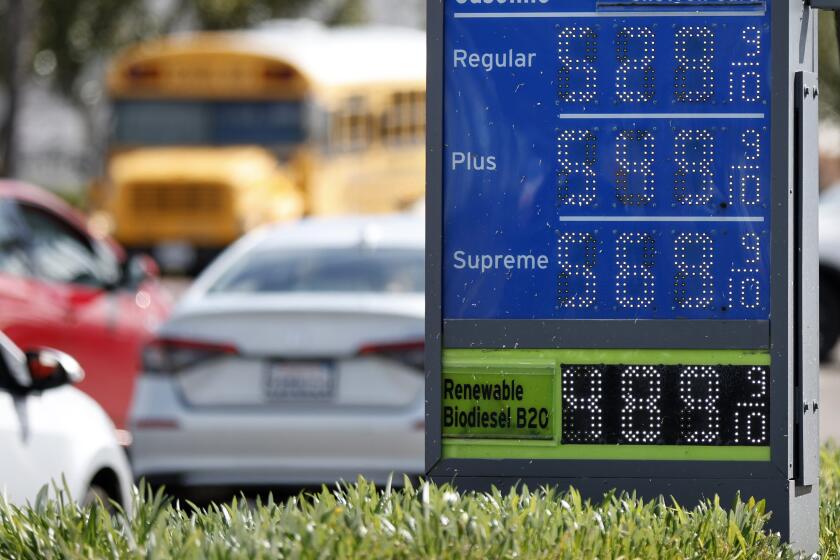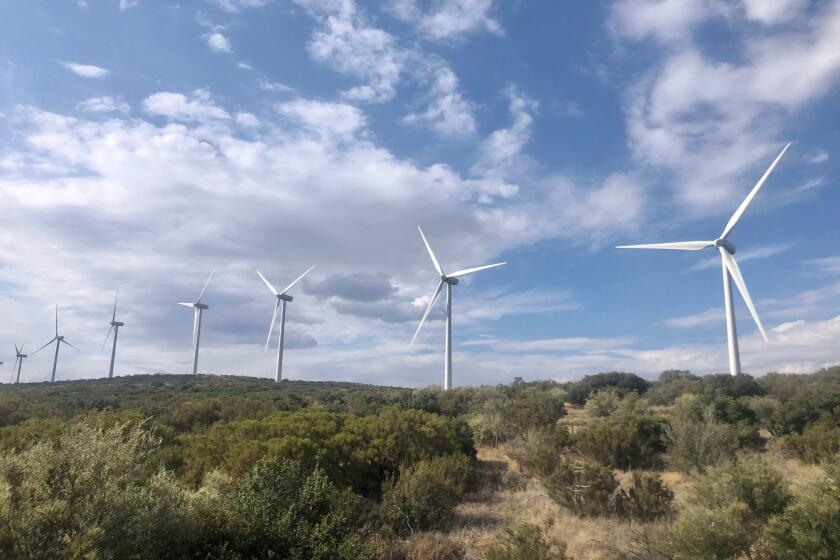California’s ranking as an oil-producing state is slipping
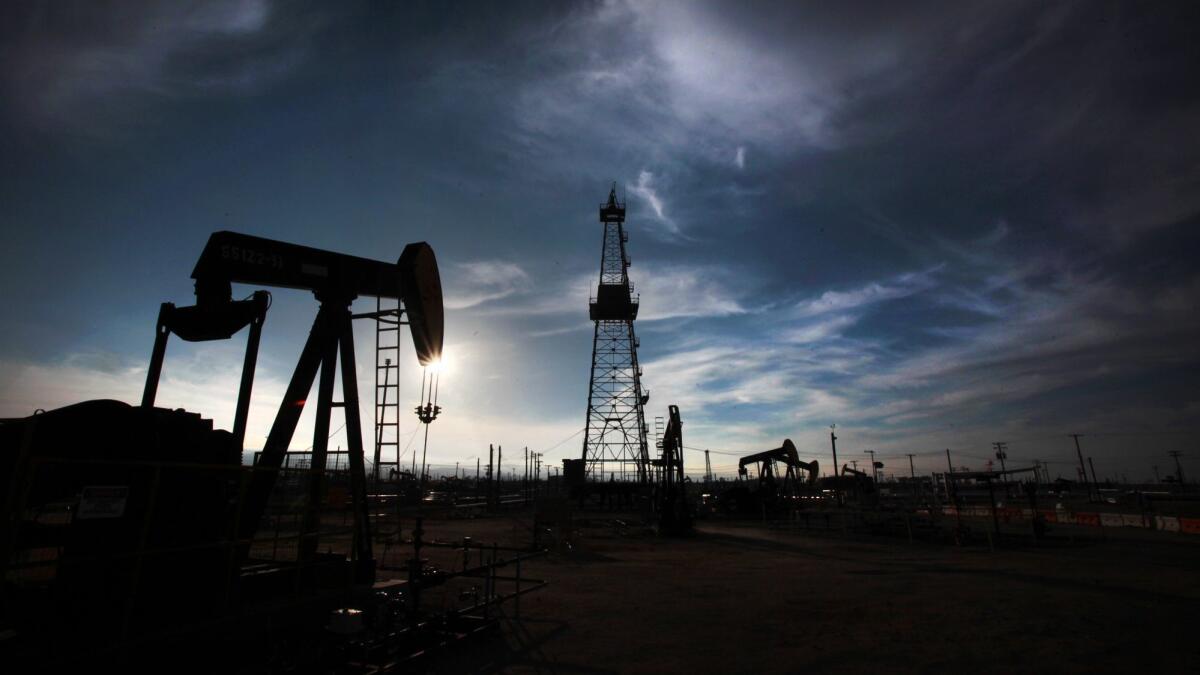
In many ways, the oil business in the U.S. has never been better, with domestic producers in a growing number of states churning out barrels of crude in record numbers.
But California’s output is going in the opposite direction — part of a larger, steady decline that began in the mid-1980s.
For all of its green energy credentials, California has long been one of the country’s biggest oil-producing states. In recent years, the Golden State has consistently finished third, trailing only longtime champ Texas and energy up-and-comer North Dakota.
But monthly figures from the U.S. Energy Information Administration showed New Mexico’s output in March jumping into the No. 3 position while California slipped to No. 6.
And it’s not just a fluke. New Mexico, located in the oil-rich Permian Basin, surpassed California and Alaska in production in the second half of 2017.
And last year California’s production declined by about 33,000 barrels per day, marking the third straight year of losses.
What’s going on?
A large part of it has to do with hydraulic fracturing, or fracking, and horizontal drilling techniques that operators in states such as North Dakota, Texas and New Mexico have increasingly employed in the past decade or so.
Equipped with sensors, horizontal drilling runs parallel to formations containing oil and natural gas, an advancement that is often three to five times more productive than traditional vertical drilling.
Often used in what are called “tight shale formations,” fracking sends water, fluids and sand at high pressure into dense rock formations, creating tiny fractures that help release hydrocarbons.
What’s been called an “energy renaissance” has resulted in such a surge in domestic production that the government this week estimated the U.S. is poised to become the world’s top oil producer, averaging 11.8 million barrels a day by 2019.
“We do not have the the shale and horizontal drilling boom that’s going on in other states,” said Saeed Irani, president of Irani Engineering, a company headquartered in Sacramento that drills and completes wells for independent petroleum producers.
The state does not prohibit hydraulic fracturing but Irani said California has more restrictive rules than many other states. In addition, some municipalities and counties have passed outright bans on fracking, noting the concerns environmental groups have about fracking potentially contaminating water supplies.
California’s declining numbers predate the recent oil and gas boom seen in other states.
In 1985, California field production reached 394 million barrels. But since then, the figures have consistently dropped each year. In 2017, the state produced 173.2 million barrels — a 56 percent drop, according to the Energy Information Administration.
“Oil in California is relatively expensive to produce because a lot of it is heavy and has to be essentially steamed out of the ground,” said David Hackett, president of Stillwater Associates, a transportation energy consulting company in Irvine.
Heavy oil is richer in carbon than lighter crude and California producers often pump steam into the ground to loosen thick crude so it can rise to the surface.
In addition, Hackett said the geology in California is less amenable to horizontal drilling than other oil-producing states.
“Those places are in the Great Plains, so the layers of oil-bearing rock are relatively horizontal and they extend for long distances,” Hackett said. “In California, you’re at at the juncture of two tectonic plates grinding against one another.”
Irani said the bigger oil production companies moved to other states.
“The majors and larger independents were taking their money and putting it (in) places that were more lucrative for them, investment-wise,” Irani said. “So the drilling activity in California decreased dramatically over the years and as a result production decreased dramatically too.”
Environmental organizations are shedding no tears.
“Any time that we can see reduction in the production of fossil fuels is a net positive in terms of the climate,” said Dan Jacobson, state director of Los Angeles-based Environment California. “And the other benefit we’re seeing is that California renewables are playing such a larger and larger role in how we not only turn on our lights but how we move ourselves from Point A to Point B.”
Transportation is the state’s largest source of greenhouse gas emissions, accounting for 37 percent of emissions, according to estimates by the California Air Resources Board.
State policymakers have instituted a host of measures to promote the renewable energy sector. In 2017, renewable sources such as solar and wind accounted for 29.65 percent of in-state electricity generation.
What would it take for California’s oil production numbers to rebound?
In all likelihood, a spike in global oil prices. Between 2011 and 2014, when the price of West Texas Intermediate — the benchmark price for domestic producers — fluctuated at or around $100 a barrel or more, California saw a modest rise in production.
West Texas Intermediate prices have trended up in recent months but the current price in the low $70s a barrel is a long way from $100 a barrel.
“Unless somebody comes up with a magic formula to create shale drilling in California like it is happening in other places, we’re not going to see any dramatic increase in production,” Irani said. “I think we’re going to drop down even more.”
Crude oil production, March 2018
(in barrels)
1. Texas 129.2 million
2. North Dakota 35.7 million
3. New Mexico 19.4 million
4. Oklahoma 16.8 million
5. Alaska 15.9 million
6. California 14.3 million
7. Colorado 13.4 million
8. Wyoming 7.2 million
9. Louisiana 4.1 million
10. Utah 3.3 million
Source: U.S. Energy Information Administration
Business
rob.nikolewski@sduniontribune.com
(619) 293-1251 Twitter: @robnikolewski
Get U-T Business in your inbox on Mondays
Get ready for your week with the week’s top business stories from San Diego and California, in your inbox Monday mornings.
You may occasionally receive promotional content from the San Diego Union-Tribune.


